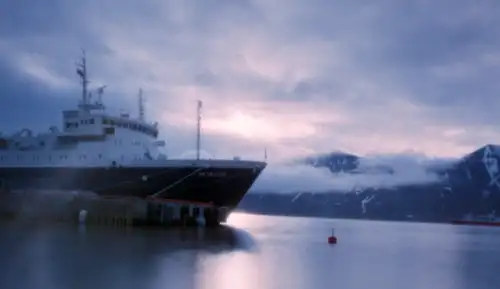Waiting in port for an Arctic expedition cruise to begin might seem a little like waiting for water to boil or coffee to brew or a Seinfeld reunion to materialize: Time seems to defy its own laws, life slows to a crawl, and you begin to wonder if it’s really going to be worth it.
(In the case of an Arctic trip, we assure you it certainly is.)
But it doesn’t have to be that way - if you’re embarking from Longyearbyen, that is. Longyearbyen is the capital of the Arctic archipelago of Svalbard, and despite being one of the most remote settlements on the planet, is filled with entertaining diversions to while away the hours (or days) while you’re waiting to set out on your Arctic adventure.
Here are seven attractions we think you’ll enjoy in and around Longyearbyen.
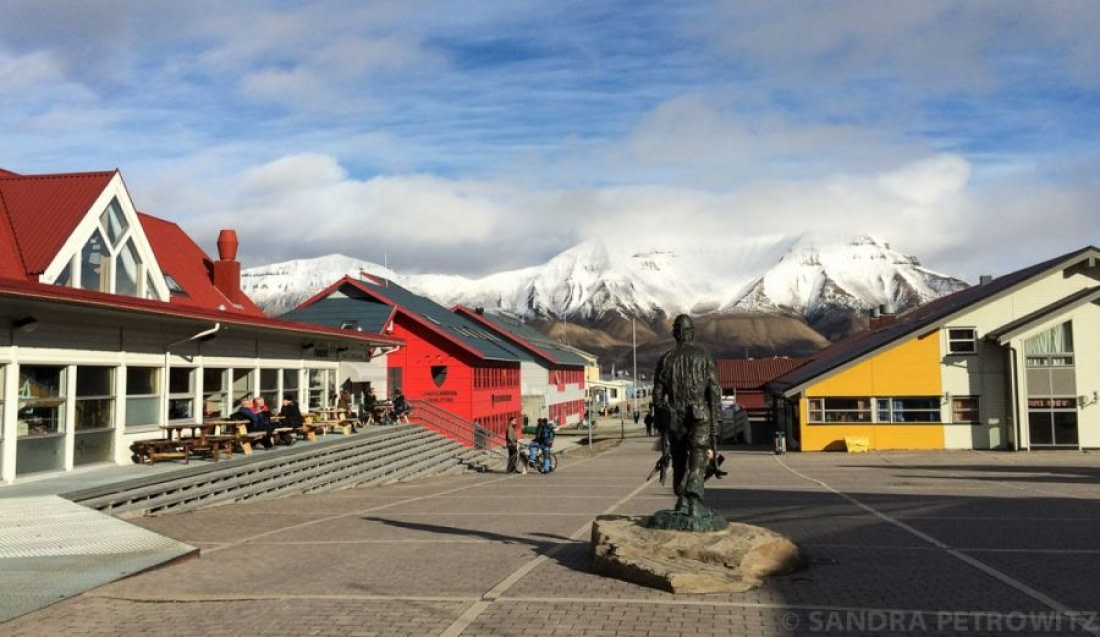
1. Svalbard museum: Longyearbyen’s glimpse into the past
Opened in 1979, the Svalbard Museum is probably the most extensive of the four museums on the island of Spitsbergen, composed of over 1,700 art works, photos, and books.
The Svalbard Museum is a great way to whet your appetite for your Arctic expedition, offering fascinating insights into 400 years of Spitsbergen history. Its exhibits explore European whaling, bird migration, Pomor culture, and various topics concerning the local ecosystem.
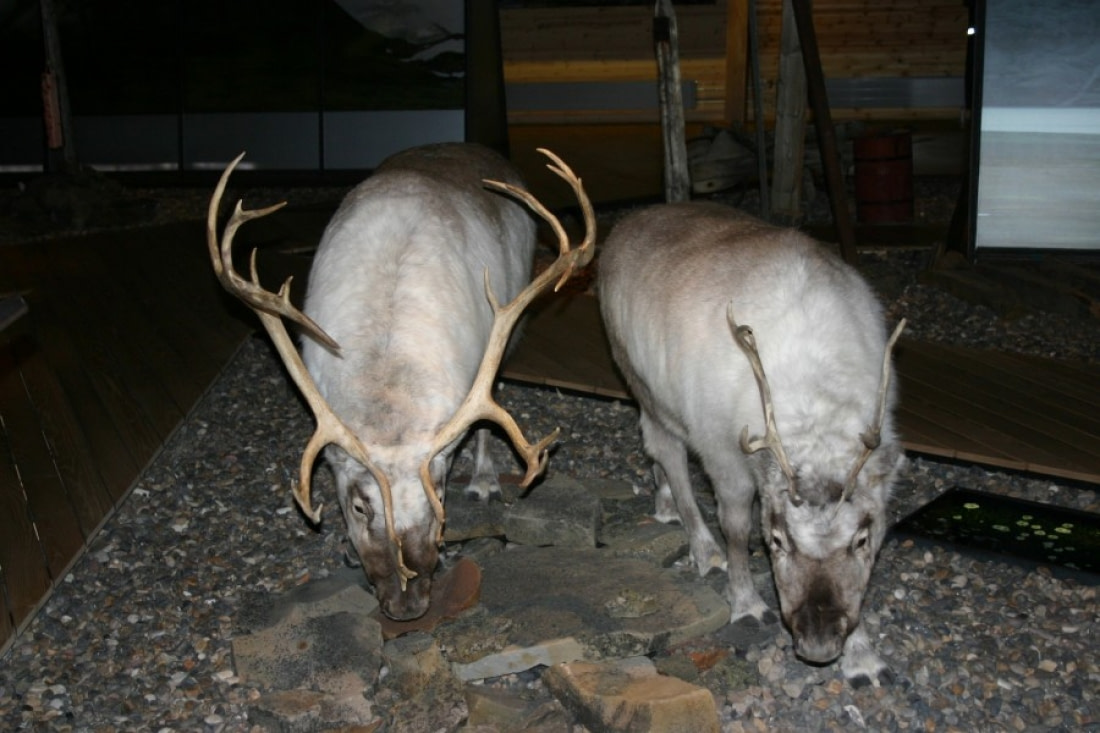
2. Svalbard Bryggeri (brewery): the place for pints in Longyearbyen
After a visit to the Svalbard Museum has expanded your awareness, a stop at the Svalbard Bryggeri (or brewery, if you’re not so very Viking) will enliven your palate.
Located at 78°N, along with the rest of Longyearbyen, the Svalbard Brewery is the northernmost commercial brewery in the world. Not only that, the proprietors had to change Norwegian law in 2015 just to legally brew alcohol in Svalbard.
Enjoy one (after another) of the Svalbard Brewery’s signature beers, the water of which is 16% thawed ice from the local 2,000-year-old Bogerbreen Glacier.
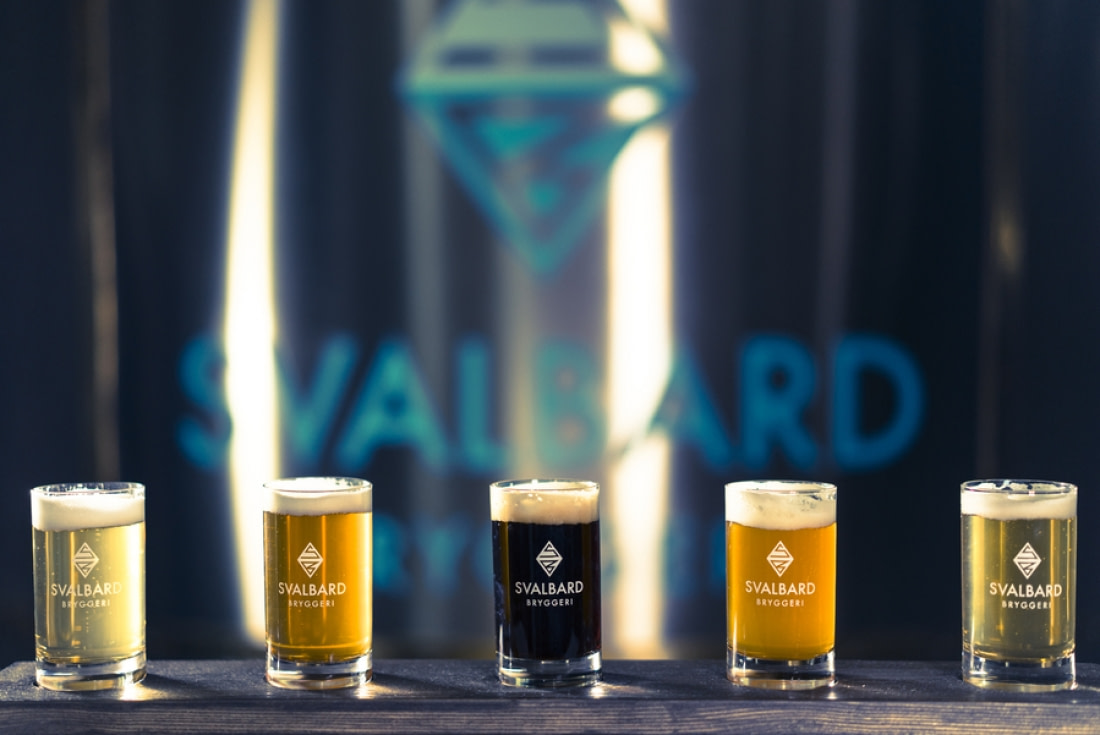
3. Svalbard Church: Earth’s almost-northernmost church
If you imbibe a little too much at the Svalbard Bryggeri (heaven forbid) and feel like doing some atoning, Longyearbyen’s local Svalbard Church is not far away.
The Svalbard Church used to be the northernmost church in the world until the St. Nicolas Church was built in Nagurskoye, Russia. But even so, Svalbard’s worship house is nothing if not a survivor: After being built in 1921, it was bombed in WWII, only to be rebuilt in 1956.
Also, the silver altar candlesticks and baptismal bowl in the Svalbard Church were gifts from King Haakon VII and Queen Maud, and can still be seen there.
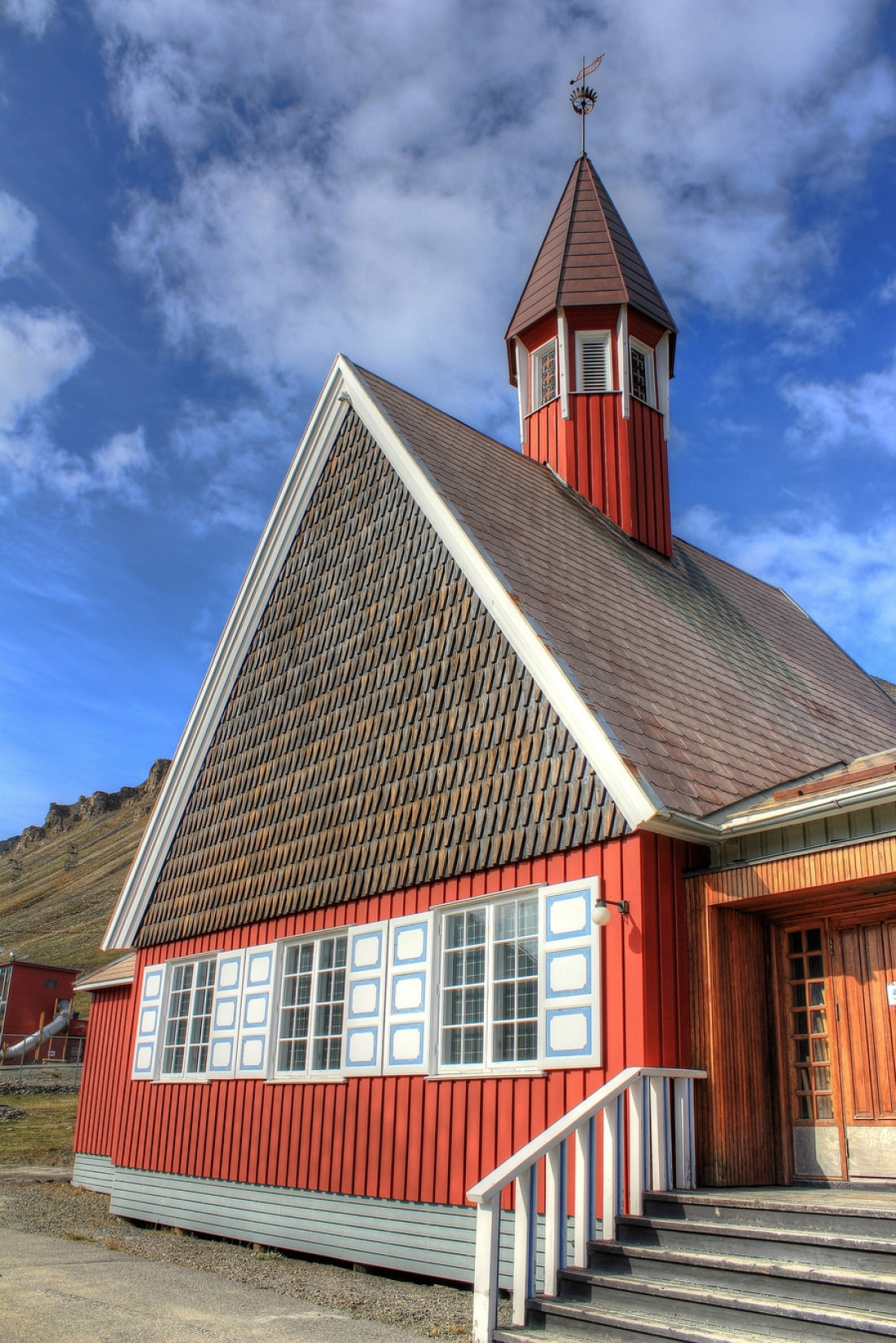
4. North Pole Expedition Museum (Spitsbergen Airship Museum): Longyearbyen’s spot for Arctic aviation history
After saying your prayers, perhaps you’d next be ready to ascend into the heavens via an historic aeronautical museum.
The North Pole Expedition Museum, previously known as the Spitsbergen Airship Museum, opened in 2008. This date was noteworthy for a few reasons.
For one, it was the 80th anniversary of the crash of the Italia, the airship used by Italian engineer, aviator, and Arctic explorer Umberto Nobile to fly around the North Pole. It was also the 30th anniversary of Nobile’s death, and in fact, several descendants of Nobile and Amundsen (who died trying to rescue the Italia crew), attended the opening ceremony of the museum.
Exhibits in this prized Longyearbyen attraction delve into major air-based Arctic expeditions, such as that of the airship America, Norge, and of course, Italia, among many other things.
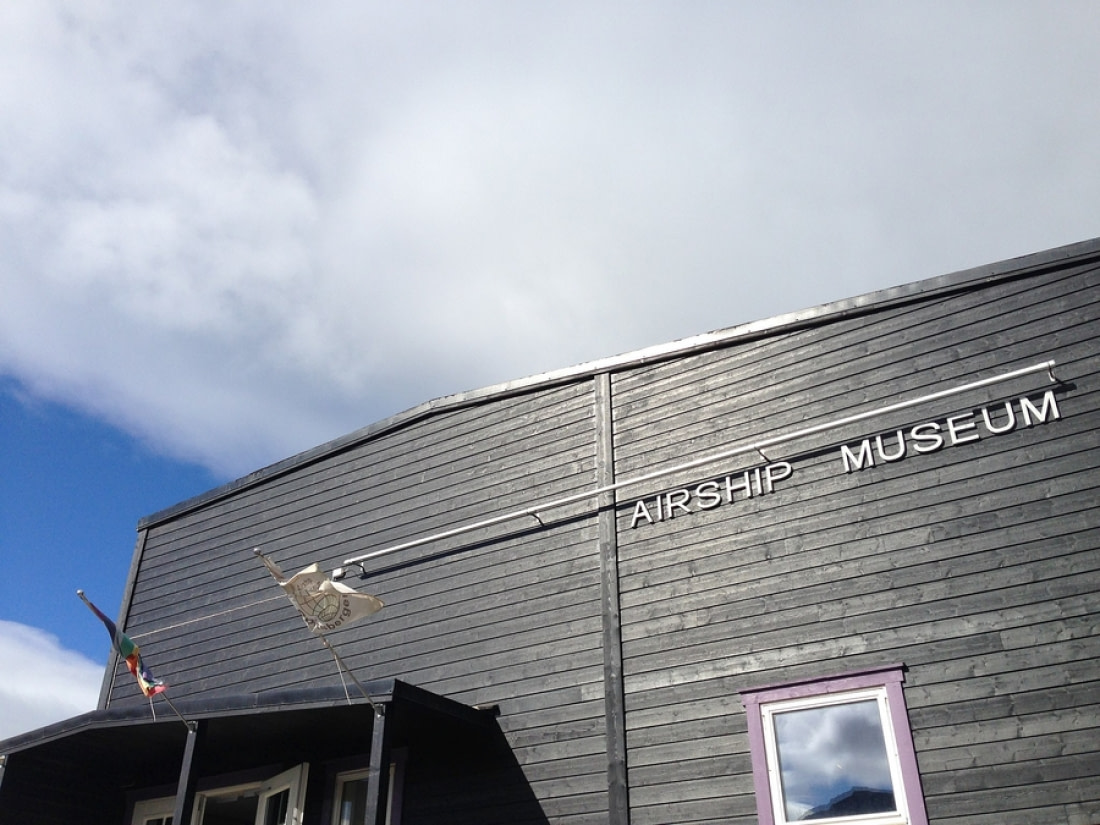
5. Svalbard Husky: the preferred method of Longyearbyen travel
If you’ve seen the above museum but are still looking to get more wind in your sails, it’s tough to argue with a Longyearbyen sled ride powered by a pack of very enthusiastic huskies.
Svalbard Husky is a family-owned, ecologically friendly business with about 100 dogs, focusing on sledding expeditions that can carry you out of Longyearbyen and into the Arctic wilderness for short excursions (1.5 hours), longer outings (4 hours), and even overnight trips.
Tours include northern lights viewing and visits to natural landmarks, where guests are taught to assist in handling the huskies, experiencing the work of a real Arctic dog musher.
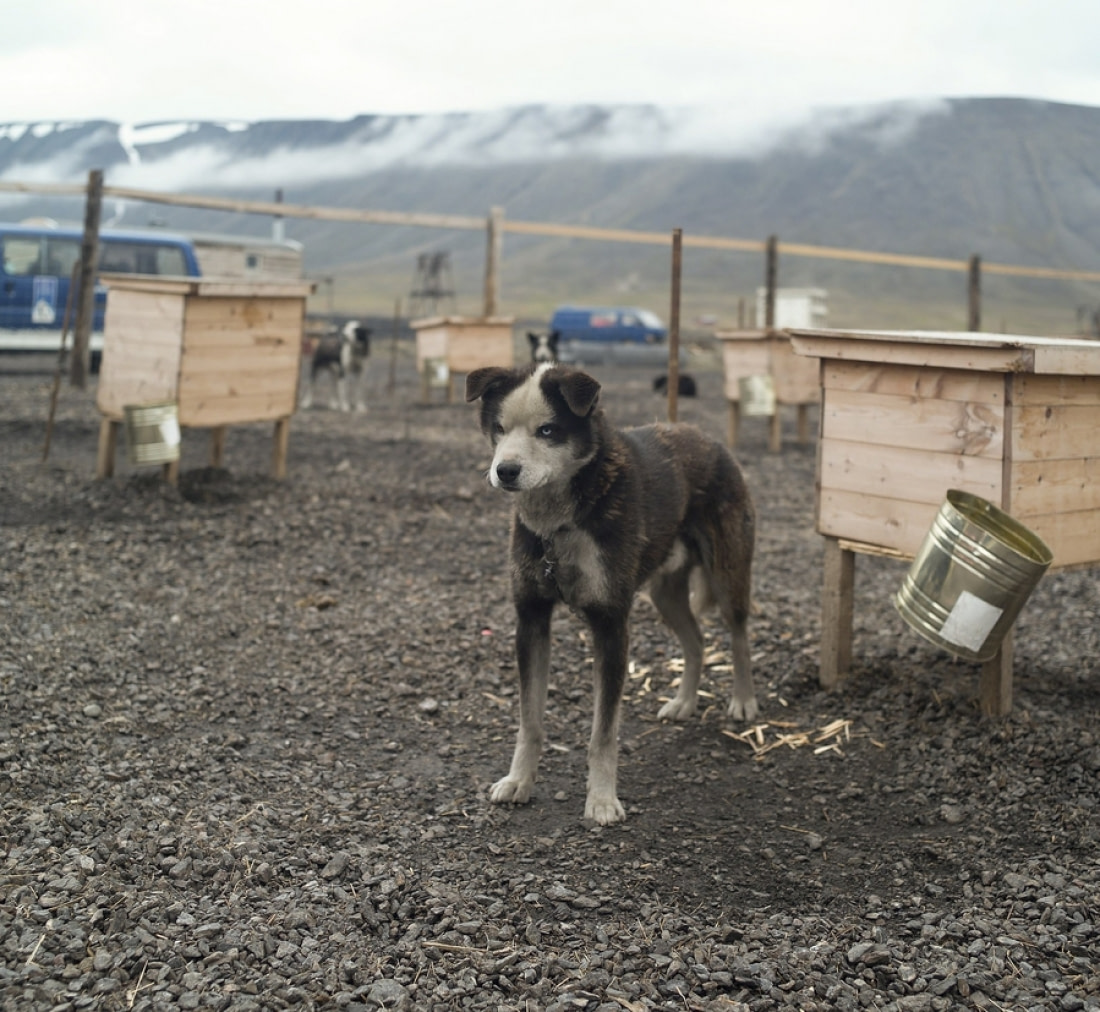
6. Svalbard Global Seed Vault: Longyearbyen’s international seed stash
You’ve probably already heard about the Svalbard Global Seed Vault, due in no small part to the rapidly escalating news about global warming – and the fact that this phenomenon is human caused, which 100 percent of peer-reviewed scientific findings support.
But at least some humans do something about it: The Svalbard Global Seed Vault, known simply as the Vault, is where the world’s largest backup reserve of genetic crop material is held.
Almost a million seed samples from nearly every country on the planet are stored there.
And though you can’t simply stroll out of Longyearbyen and pay a visit to the Vault, you can book one of the organized tours that take travelers near the entrance on a regular basis.
Enjoy marveling at the striking frontal structure of the Vault, and when you head back into Longyearbyen, perhaps consider another visit to the Svalbard Church (or better yet, Svalbard Bryggeri) to pray we never have to use it.
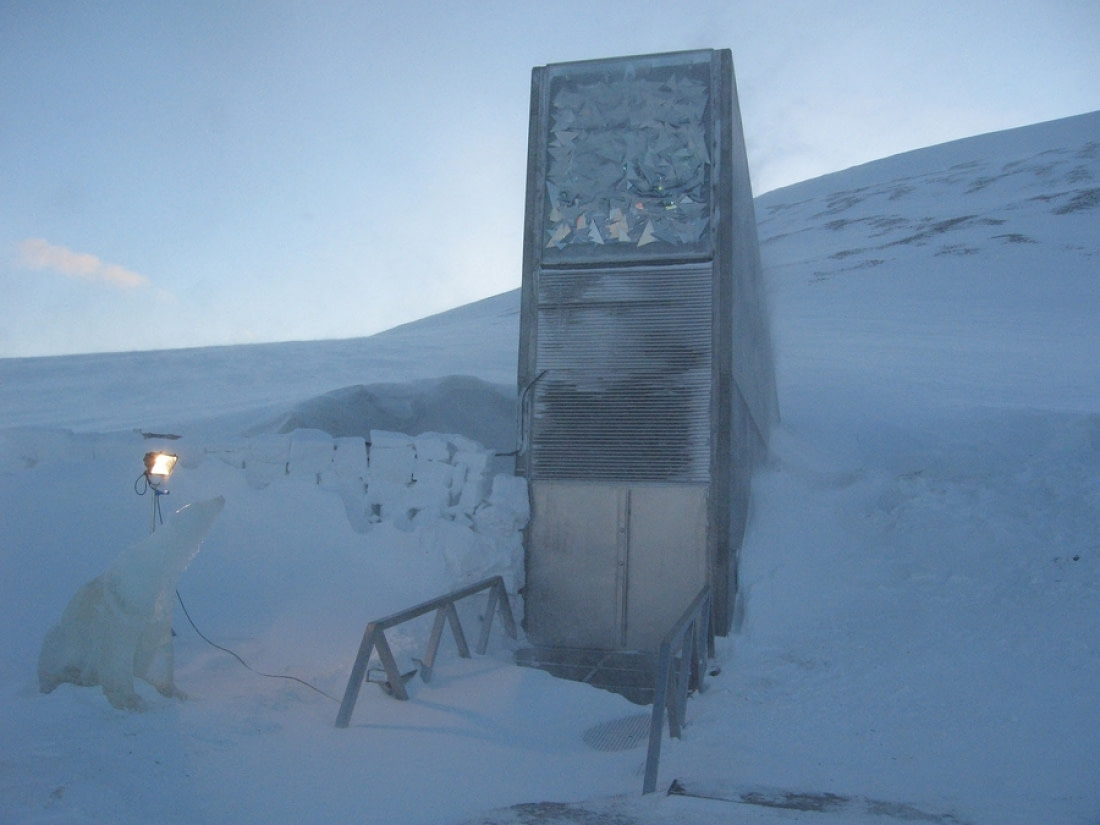
7. Further Longyearbyen activities: When in doubt, VisitSvalbard.com
As for the other more sports-based Longyearbyen attractions, they’re too numerous to list here without turning this article into an all-too-magnificent survey of Arctic adventure extraordinaire.
But if you’re looking to stay in Longyearbyen a few days before or after your cruise (and if hot air ballooning, skiing, snowmobiling, kayaking, cycling, boat tours, ATV safaris, horseback riding, or anything in-between sounds attractive), check out Visit Svalbard to explore all the many options.
Whatever you end up doing or not doing, Longyearbyen will prove a charming and multi-faceted port that can’t help but stoke your explorative spirit for the Arctic.
Blog


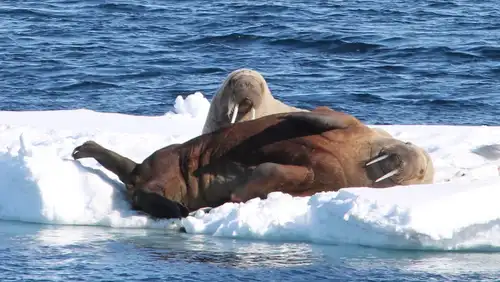
Svalbard’s 12 Most Iconic Animals

“The polar bear will still be there”
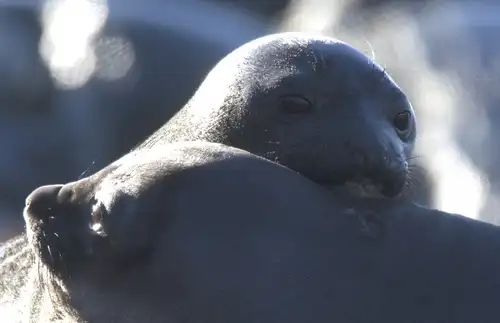
South Georgia in Spring
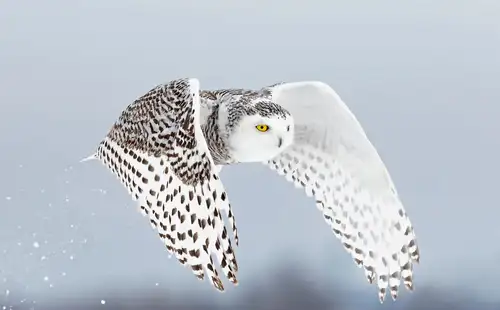
Secrets of the Snowy Owl: Habitat, Adaptations, and Other Facts
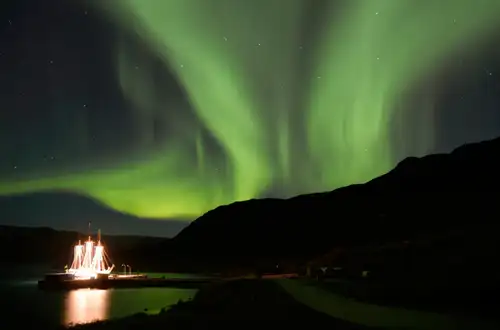
The Northern Lights dancing across the skies

Visa to Argentina for Antarctic Expedition Travelers (2025 Guide)
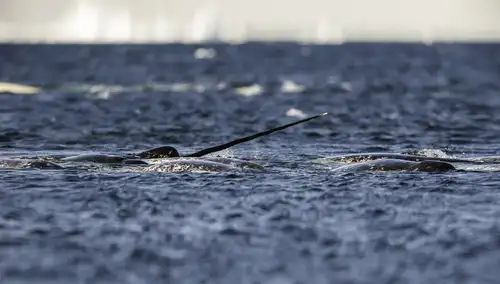
Narwhals: the Aquatic Unicorns of the Arctic
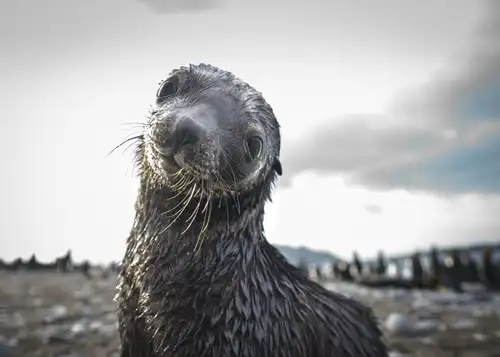
The secrets of Antarctic seals revealed

The History of Antarctica in Maps
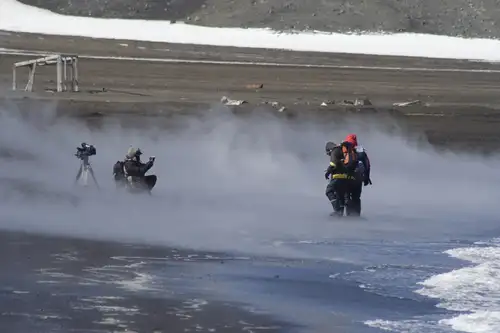
Deception Island deceptively active
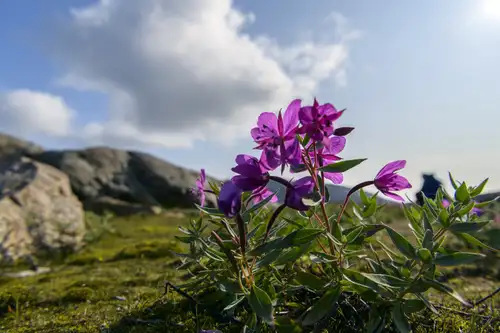
Arctic Flowers, Trees, and Other Plant Life
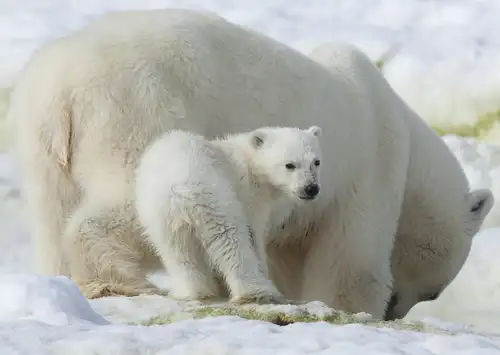
Arctic Icon: 10 Facts about the Polar Bear

The disastrous expedition in the Arctic west
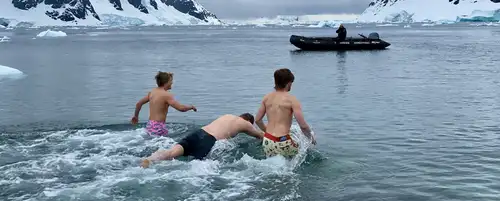
Taking the Polar Plunge
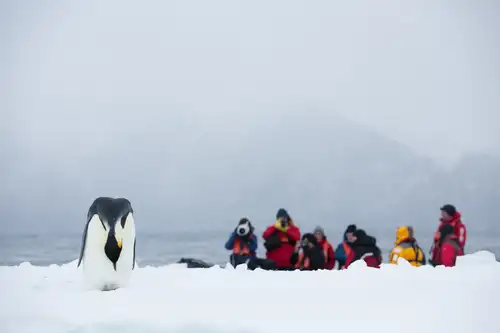
Five Reasons You Should Cruise the Ross Sea Immediately
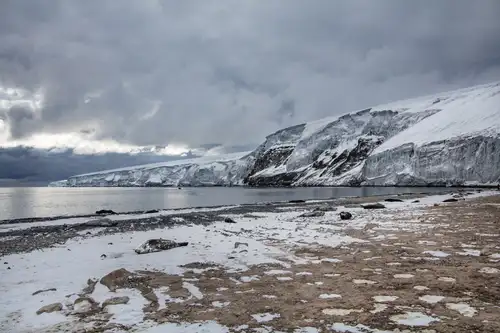
An igneous paradise: Franklin Island
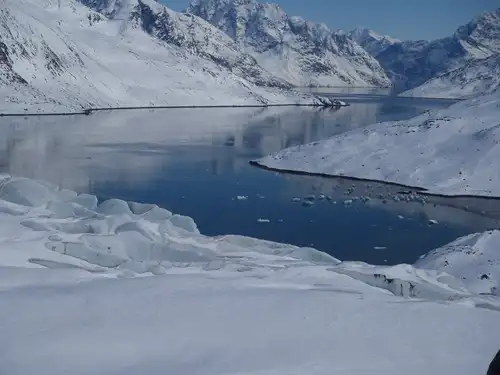
8 Scientific Wonders of the Arctic

Six Must-See Svalbard Sites

10 Illuminating Facts about the Northern Lights
